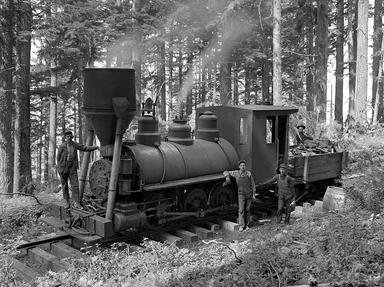Quiz Answer Key and Fun Facts
1. In the early 1940s during World War II, some evenings my mother would pull down all the window shades, draw drapes across the windows, and turn off nearly all of the lights in the house. Which term was used to describe such actions?
2. In the mid-1940s, which type of program was the standard on radio most afternoons, between 1:00-5:00 PM?
3. In 1945 I went down with Scarlet Fever. At the time, my mother was in the hospital having just given birth to my sister Marjorie. Neither of them were allowed to come home. No others were allowed in my house, except for my grandmother, who was the only one there when I was diagnosed. Why were Nana and I isolated?
4. Early in the 1950s we got our first television set. It had a round screen, a set of knobs such as Horizontal, Vertical, and Tone to adjust the picture, and a contraption on top of the set to receive the broadcast signal. What was the popular name at that time for that contraption?
5. During my years in elementary school (1946-1952), my friends and I played many outdoor games. Which of these games was NOT one of them?
6. When I was in elementary school (1946-1952), we looked forward to tricking or treating on Halloween. We always went in a group and were accompanied by one or more parents carrying flashlights. We were permitted to accept only candy in its original wrapper.
7. In U.S high schools from 1954-1958, both boys and girls could play interscholastic sports. Which of the following statements is correct about those athletic teams?
8. What statement best describes a high school education in Massachusetts from 1954-1958?
9. In 1958, nearly all high schools had the Prom, the social highlight of the year, at what location?
10. When I graduated from high school in 1958, several of my friends and I intended to continue our education. Which of these options were NOT available in the 1950s?
Source: Author
lowtechmaster
This quiz was reviewed by FunTrivia editor
bloomsby before going online.
Any errors found in FunTrivia content are routinely corrected through our feedback system.


